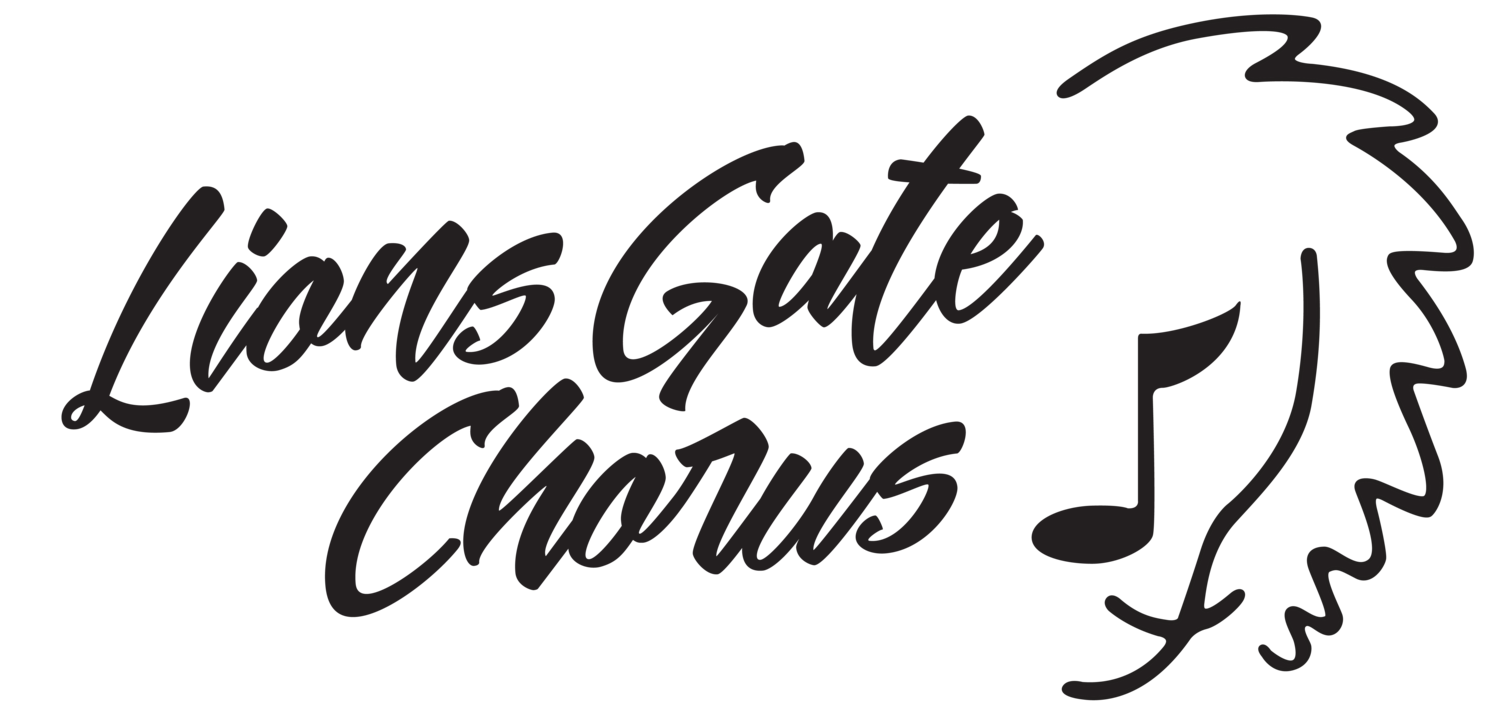Moving from connection to purpose-driven engagement
Keeping members during COVID-19 and coming out stronger
During times of stress, we turn to the things that bring us joy. For many of us Sweet Adelines, that is our chorus family… our tribe. But when our choruses are not able to meet and our pocketbooks become stressed, it’s easy to question that joy and question necessity. Our leadership teams know this. They know that when a member takes a leave-of-absence it is too easy to fill that slot with something else - or nothing else. It is too easy to quit.
We see it online in chats and on Facebook, people are creating any reason to connect online. Online birthday parties, online cocktail parties, online charades … creativity for the sake of connectivity - social connection in a time of social distancing.
Many chorus families have turned to online rehearsals via Zoom or similar platforms. We see screenshots of chorus member faces in gallery view, management teams raising a glass, and quartets laughing on a daily basis. We know the basic why is connection, but through experience we know it is not a platform built for ensemble singing, so how do we move from connection to engagement?
Let’s talk about this. Creating a place for connection meets a basic need, but when this is over, how does your chorus come out the other side? Are you connected but musically behind? What about motivation, what are you looking forward to? Are you building for the future or are you tending the now? In order to truly make the most of this virtual opportunity, we must engage with purpose, and while this starts with connection, it goes beyond.
Our ensembles are made up of individuals. Individuals need purpose and vision to be motivated. Motivation has to be fueled by purpose. What can we do to move from online social connection to purposeful online engagement?
Define some goals suited to the current situation such as:
See every member experience personal vocal improvement through created or curated personal vocal education resources
See every member install and engage with tools available to improve pitch, interval recognition, basic notes on staff
Give every member the opportunity to strengthen choreo muscles through videos of simple physical exercises to help with core engagement and knee strength
See every member who does not have a basic theory background complete a free basic theory course that you create or curate
Help every member become more comfortable with audio and video recording by teaching about tools, equipment and best practices
Help every member feel comfortable with the choreography of a song by creating definitive short videos they can learn from
See every member clear on and comfortable with song interps by creating 2 video tracks - one of the director singing and directing the song and one of the director directing the song in silence.
Choose new music, release it with learning tracks and have it learned off-paper by the time you return to live rehearsals.
Create documentation surrounding resource positions (volunteer opportunities) and use this time to train new leaders.
Assign tasks and homework with accountability measures attached such as:
Learn or review measures 7 - 12 of a song, record yourself singing it and submit it to your assigned learning partner by Friday.
Video record yourself doing the choreo of the tag section and submit it to your visual plan partner by Sunday.
Write a quote about what chorus means to you and submit to your marketing coordinator by Monday.
Gamify stuff! Such as:
Create a point system:
Attend a virtual rehearsal = 20 points
Complete a homework task = 20 points
Share a recording of you singing a song (or sharing another musical endeavour) on our private facebook page = 20 points
Release a daily update of the point leaders
Decide on a reward system such as free chorus item (t-shirt etc) for the top 10 finishers
Make it fun and simple - some of us are very competitive and can easily ruin these types of experiences for those who aren’t
Create opportunity for skilled members to share their knowledge in smaller break-out type meetings:
Guitar lessons with Liz
Piano lessons with Amber
Ear-training with Sofia
Basic music arranging with Sandy
So yeah, that was a lot of stuff on paper that I just put out there, but hopefully, it just serves to get the ideas rolling through your minds like a freight train. Let’s boil it down:
Meet with your leaders
Come up with 3 simple goals
Discuss how you can engage your members so that those goals can be realized
Use your leaders to create the programming
Don’t be afraid to use technology that you have not used before
Perfection is not needed but attainability is
Create content in bite-size pieces - you can release them faster, the quality will be better, the files will be smaller, and it will be easier to digest for your members
You can do this, but if you need help, just reach out. We have a huge, connected community of extremely creative and talented women. I’m positive that we can create an opportunity for engagement and growth together.
About the author
Stacey Rose is a Baritone in Lions Gate Chorus, the 2020 International Silver Medalists. As of 2020, she is also the Marketing Coordinator for both Lions Gate Chorus and Region 26 Sweet Adelines.
marketing@lionsgatechorus.ca

